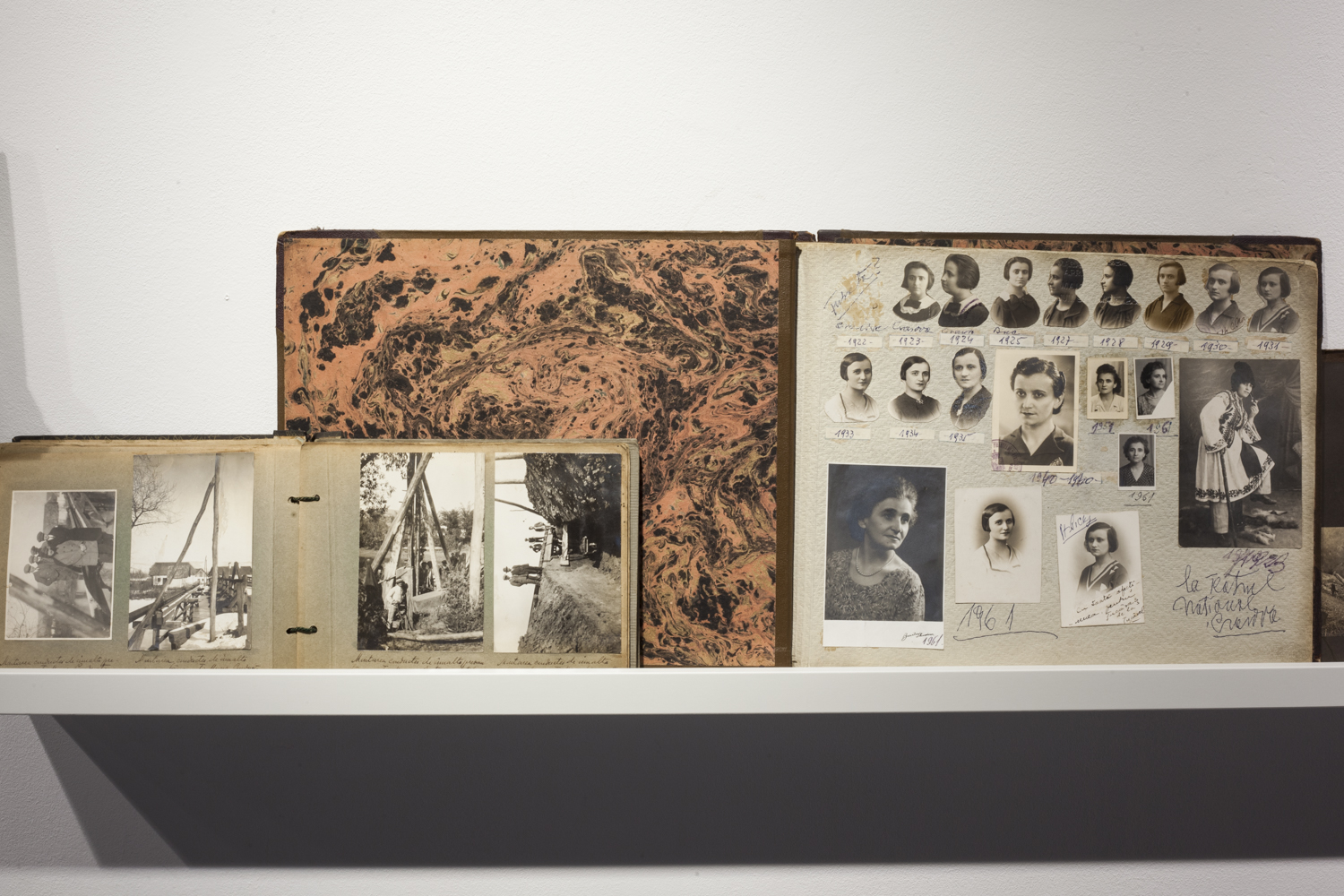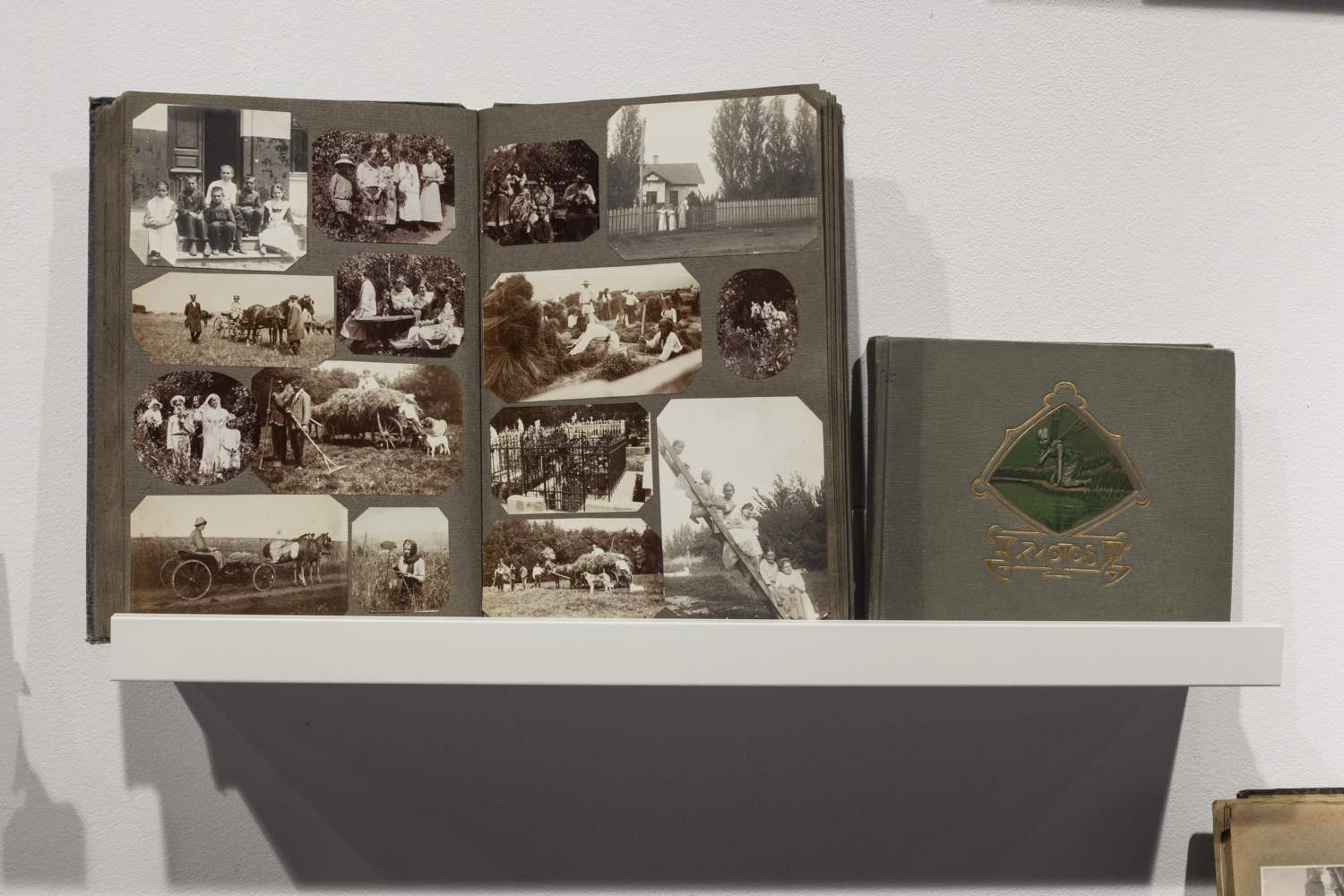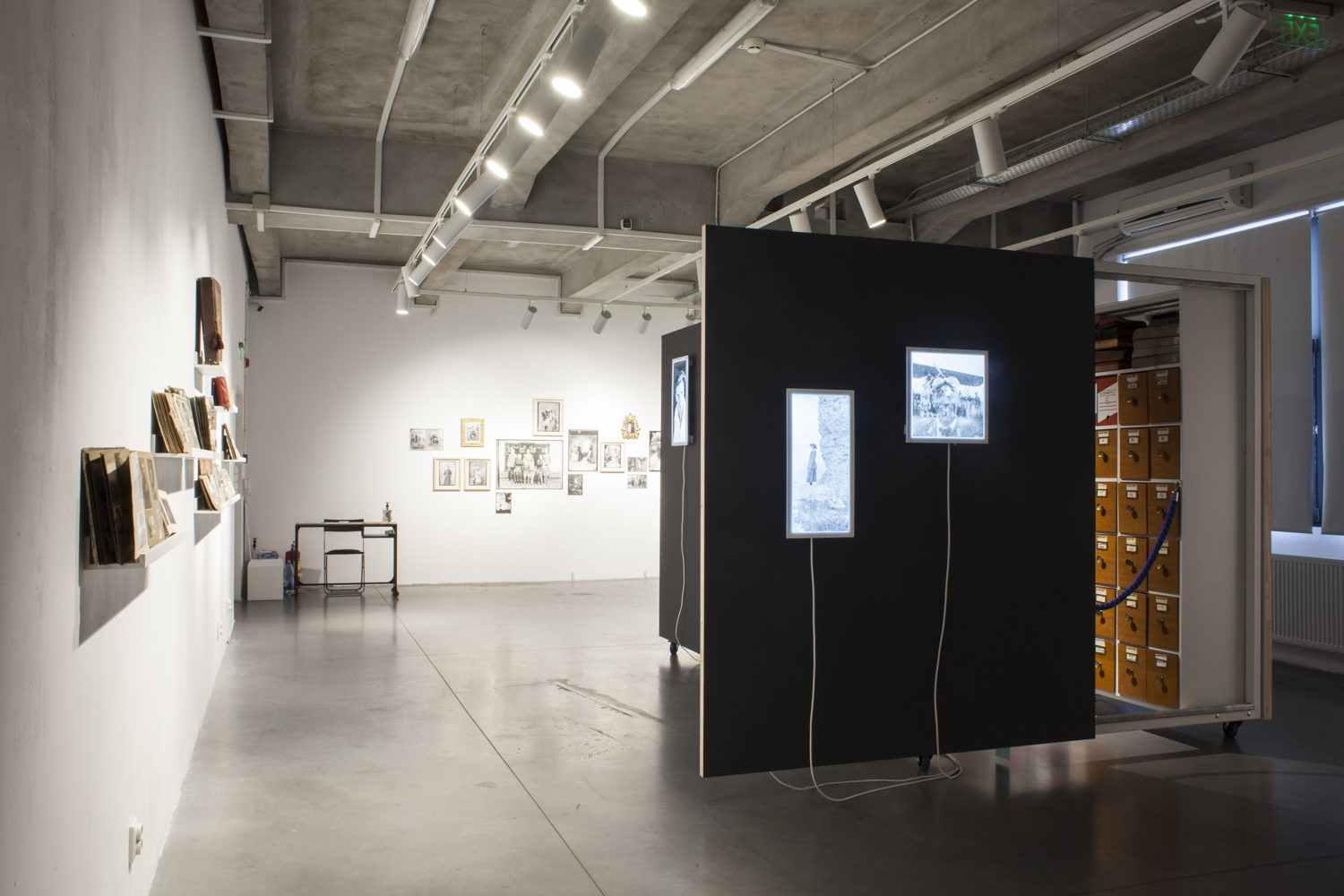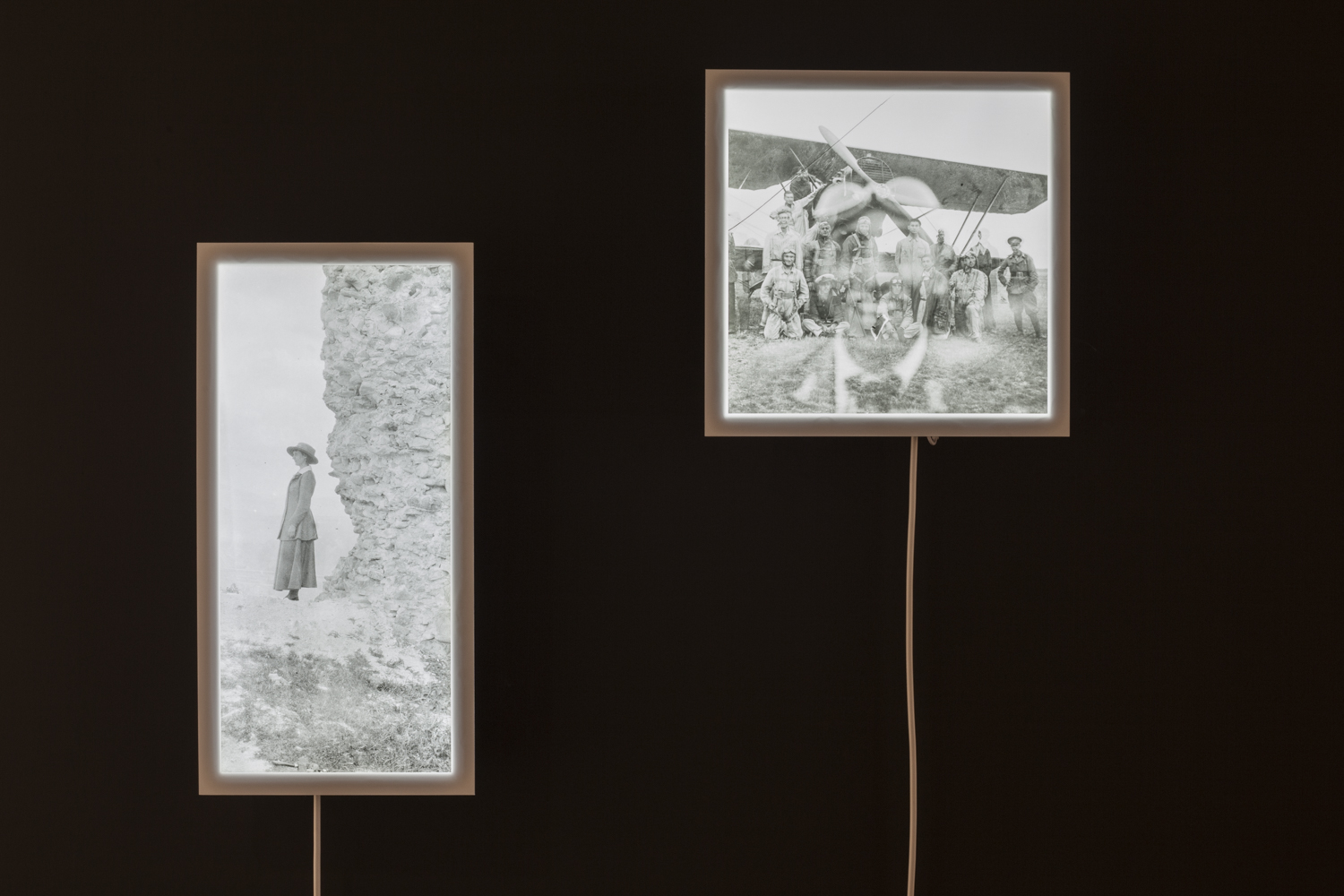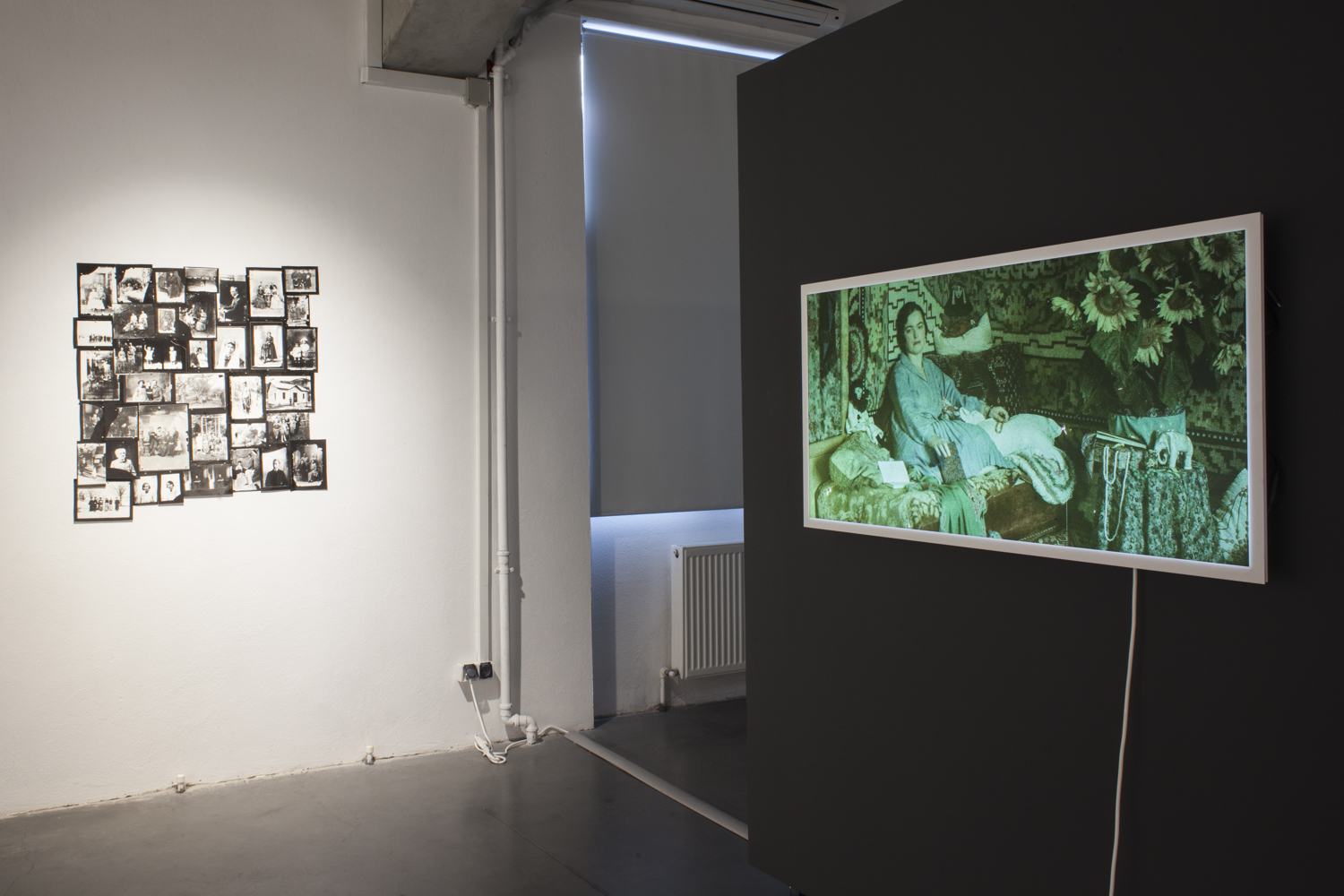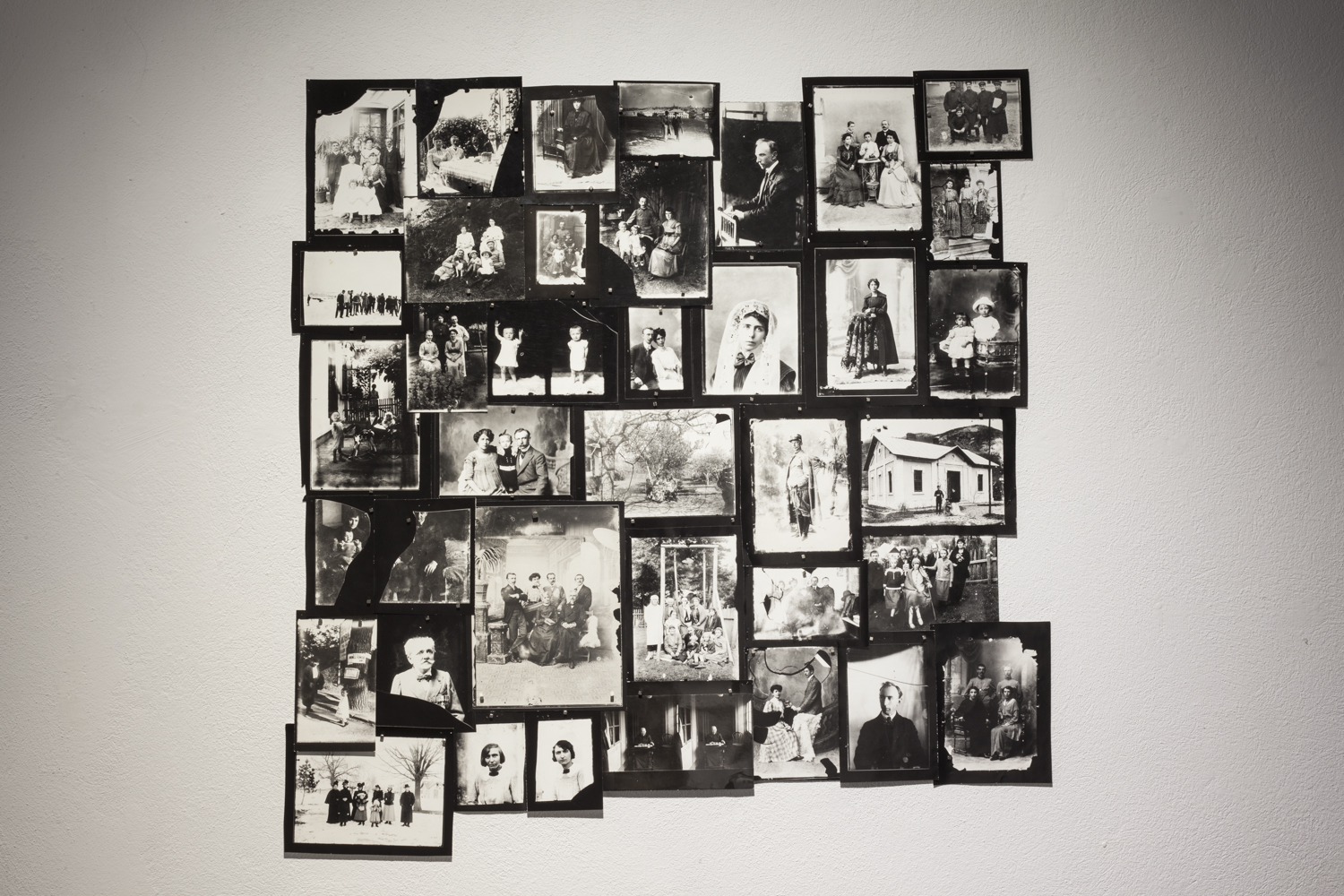Artistic interventions by:
Bjarne Bare – September
Yasmine Eid-Sabbagh – October
Adrian Ghenie – November
Exhibition design by: skaarchitects
The third exhibition, which presents a substantial selection of material from the Mihai Oroveanu Image Collection, focuses on a genre of photography that has enjoyed much attention in recent decades and which goes hand in hand with the effort to expand the range of approaches and methods of the history of photography. Vernacular photography is situated at the margins of established, standardised representations, with regard both to its image content and the freedom it takes with its nonchalant attitude towards the medium, making room for clumsiness and for the unpredictable, and activating a type of creativity akin to that of popular culture or elicits deeply personal and unique forms of expression.
The term “vernacular” itself is imprecise, diffuse, open to countless nuances and interpretations. The vernacular is above all linked to the private register, which accounts for the fact that the authors of photographs classified in this way imagine their dissemination within small, private, family circles. Vernacular photography is therefore not a media image aimed at wide audiences, rather it is precisely its private/personal character that causes it to be produced prolifically within family circles or closed communities, a phenomenon that arose after the invention of the Kodak portable camera at the end of the nineteenth century. The production of vernacular photography in Romania was likewise significant and gained momentum starting with the first decades of the twentieth century.
Countless examples of such images can be identified within the Mihai Oroveanu Image Collection, and the exhibition tries to capture the prolixity of the vernacular as part of a complex exploration of both the encounter with photography, and with the image in a broader understanding, in contemporary society. There are multiple points that contribute to the linking of different regimes of visuality, past and present, once the vernacular is interpellated, one of them being the tendency toward self-expression by means of photography, which constitutes an inescapable feature of our present social and everyday world. But unlike the standardisation of present-day self-representations and the way in which they circulate along strictly monitored and controlled digital paths, the vernacular photography of the past entails an incomparably larger inventiveness (albeit frequently one unacknowledged by its maker) when it comes to the construction of personal narratives. Besides a rich selection of individual photographs, which make up various instantiations of what can be classified under the heading of the vernacular, the exhibition also presents a series of photo albums that trace the lives of people and families or of spatiotemporally circumscribed events (travel albums, for example), bringing into sharp focus the way in which the subjective dimension is interwoven with the socio-political context or the often idiosyncratic entangling between personal and collective memory.
The photographs in the exhibition are displayed with the permission of Anca Oroveanu, the holder of the collection. The authors of the photographs are mentioned wherever it has been possible to identify them.
Details regarding the interventions of contemporary artists and the guided tours of the exhibition will be announced in advance on the webpage and on social media.


























